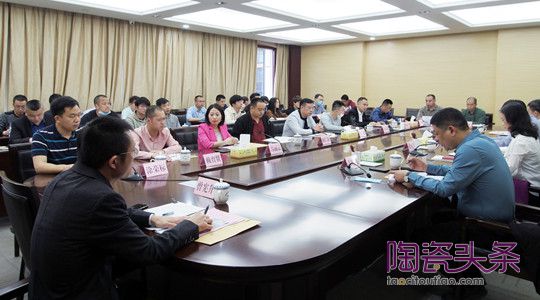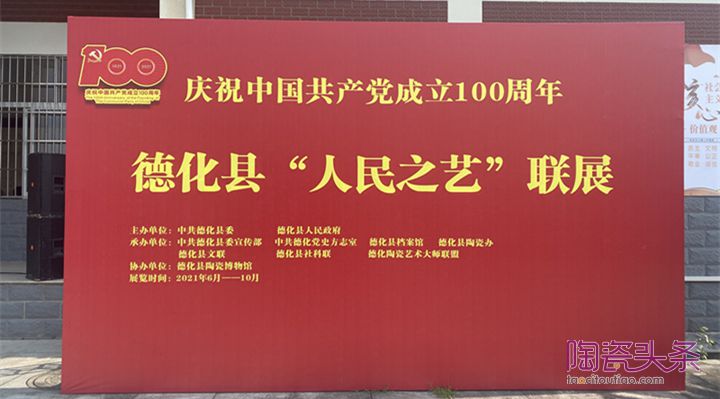外国人眼中的“中国白”3(连载)
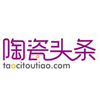
-
小陶陶
2021-06-23 09:47:09 1264
14480
编者按:由柯玫瑰(Rose Kerr)、约翰•盖尔(John Ayers)所著《——德化白瓷》(Blanc de Chine—porcelain from Dehua)于2002年经新加坡亚洲文明博物馆出版,是继唐纳利《——福建德化瓷》之后的一本专门研究德化白瓷的专著,影响甚为深远。
该书收录的都为国外研究德化白瓷的知名学者所撰写德化白瓷研究资料。包括柯玫瑰的“德化器物款识介绍”,海蒂(Heidi Tan)的“鉴赏家探访”,约翰•盖尔的“的影响”,何翠媚(Chuimei Ho)的“考古眼光中的”,郭勒逊(Kenson Kwok)的“德化雕塑结构的一点看法”, 埃娃•施特勒伯(Eva Strober)的“德累斯顿的斯特朗大帝收藏的德化瓷”,以及附录介绍等七个部分,从不同角度介绍了德化白瓷。与此同时,该书收录的160件德化窑精品,为Hickley家藏,后捐赠给新加坡亚洲文明博物馆,是了解、品鉴、研究德化白瓷不可多得的艺术精品。
本栏目将定期精选出相关代表性文章进行翻译,以飨读者。然而,由于作者水平的局限,翻译过程中难免有所错漏,不足之处敬请各位读者提出宝贵意见。
Blanc de chine: some reflections by John Ayers 的影响(三)——约翰 盖尔(翻译:孙延燕)
As to dating, Donnelly concluded -rightly, I think -that the seventeenth century, which probably saw their beginning was also their greatest period. But before this things were obscure: ". The Wanli Figures(that we know)were later excelled, he wrote, "but they were already by a confident hand: and the question arises, had they no antecedents?. Dehua had probably started with domestic wares and then turned to figures at the end of the sixteenth century, possibly as a result of the energies of some gifted modellers. He concluded, however, that precursors could be found; and as fulfilling this requirement lighted upon a group of large figures of Buddhist deities which were clearly of earlier date -one of which, belonging to the Field Museum of Natural History in Chicago, he illustrates in his book. All have a more or less yingging-type glaze and this one, which he dates"fifteenth century or earlier", is, he says, "the whitest of all; and I am sure it hails from Tehua. He was unfortunately mistaken about this, as I myself had in fact argued in a paper concerning the group several years previously, and one of them in fact bears an inscribed date corresponding to the e vear AD 1298/99(Ayers 1969: 97-109). The group has since been enlarged by further discover- ies and its Jingdezhen origin and broadly Yuan dating are now beyond dispute.
至于断代,唐纳利总结说,十七世纪可能是它的开端同时也是最伟大的时期。但在此之前很多事情是模糊的:“万历的瓷塑(我们知道)后来都很优秀”,他写道,“但是他们已经技艺纯熟,问题来了,他们没有先例吗?”德化有可能是从国内用品生产开始,然后在16世纪末转向瓷雕,可能是由于一些有天赋的陶瓷制造者的力量。然而,他的结论是,可以找到它的先例; 当满足这一条件时,他发现了一群显然是更早时期的佛教神像——其中一个,属于芝加哥自然历史博物馆,他在他的书中说明。所有物品都有或多或少的影青瓷釉的影子,而这一种,他认为是“15世纪或更早” ,他说,是“最白的,我肯定它来自德化。不幸的是,他弄错了,正如我几年前在一篇关于这个群体的论文中所说的,其中一个群体有一个与公元1298/99年相对应的记载日期。随着进一步的发现,这个群体的规模不断扩大——其景德镇产地和广义元定测年现在已经不容置疑。
Truly early precursors for the blanc de Chine figure would therefore seem non-existent at present, nor have the fifteenth and sixteenth centuries yet turned up any literary evidence for their appearance. As Donnelly notes, the first reference we have is in a work of 1604 entitled The Records of Chuan-nan, which speaks of"Buddhist figures now appearing in the market of Po-shan, and also describes the mining of the clay in some detail. Little help comes from other literary sources, and we are thus brought to a direct consideration of the le surviving pleces.
真正早期的瓷塑的前身现在看来似乎并不存在,十五、十六世纪也没有发现任何文字上的证据。正如唐纳利所指出的,我们第一次参考的是1604年的一本名为《川南记》(《泉南杂记》?)的著作,其中提到佛教瓷塑现在出现在“坡山”的市场上,并且详细描述了对陶土的开采。来自其他文字资源的帮助微乎其微,因此我们直接考虑幸存下来的标本。
It is fortunate indeed that a number of early figures are actually inscribed with dates and he first, and in many ways most valuable of these is a model in the British Museum representing the God of Wealth, Caishen(Fig. 12)which belongs to the late Ming reign of Wanli, and is clearly dated equivalent to 1610. Donnelly grudgingly recognises this to be a major document but adopts a curiously reluctant attitude to it, remarking that' that greatl respected authority R. L. Hobson, in accepting the 1610 date. opens the floodgates to scores, nay hundreds of others which are indistinguishable from this one in style, gla aze material and ornament. Was this piece actually fired in 1610? Or might it be some later repetition? He considers various features of the model and admits he would be happier if it were dated a century later.
幸运的是,一些早期的人物实际上刻有日期,而且第一个,在许多方面最有价值的是大英博物馆的一个瓷塑,代表了财富的神仙——财神,它属于晚明的万历统治,清楚地相当于1610年。唐纳利不情愿地承认这是一份重要的证明,但却采取了一种奇怪的勉强态度,认为“伟大的受人尊敬的权威霍布森,接受了1610年的日期。找到了断代的关键,不仅如此,还有成百上千的其他作品,在风格、材料和装饰上,都与这个作品无法区分。”这件瓷器真的是在1610年烧造的吗?或者是以后的重复?他考虑了这种瓷塑的各种特征,并承认如果它的日期是一个世纪以后,他会更高兴。
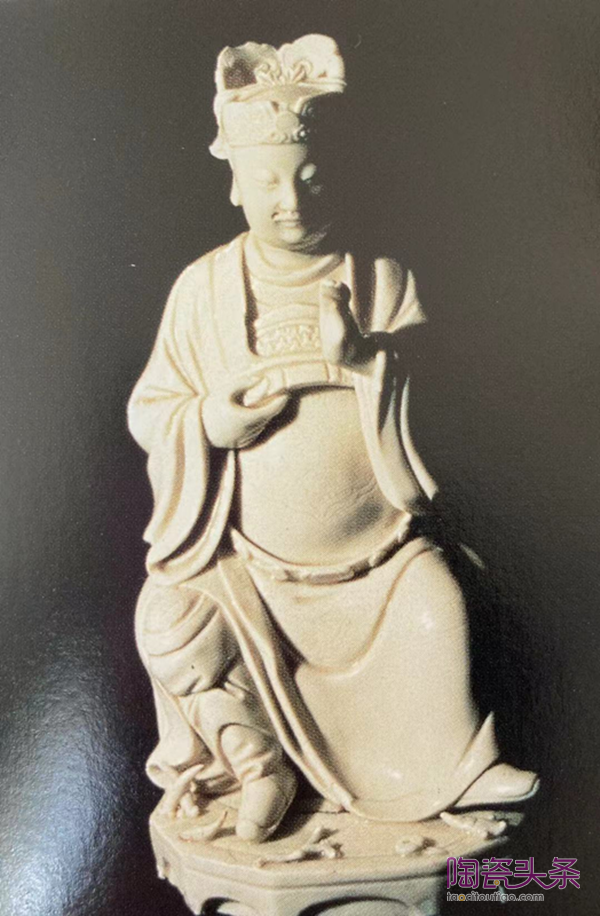
(Figure 12: Caishen, God of wealth. Dated AD1610.Height25.7cm.British Museum. 图12:财神。日期为公元1610年,地点25.7厘米,大英博物馆。)
But, far from being indistinguishable from the mass, this Caishen figure does, I think, pos sess distinctive features that are found only in a certain limited class, and in the light of the new evidence for dating may be seen not merely as exemplifying an isolated early-seven- teenth-century style but as prefiguring a larger development.Characteristic features share d by this early group are a relatively smooth and fine-grained body having a yellowish to cream tinge that is at times quite pronounced, and a thin, close-fitting and rather Estrous glaze Sculpturally, too they are distinguished from most later figures by thick, heavy potting that is especially noticeable round the base where substantial firing cracks are quite common. The heaviness of style extends to the modelling and in this case even to the draperies. Note also the general proportions of the body which is short and stubby, and the large head and quite podgy hands and feet. The deity sits on a high-backed hexagonal throne with his feet on a dais with arcaded sides-a frequent feature of these early figures-and on the floor are his attributes, randomly scattered. The face shows holes for the insertion of a beard and moustache of real hair. There are both moulded work on the head dress and breast armour and incised patterning on the robes. Perhaps it is this that leads Donnelly to describe the decoration as"almost excessive'-whereas on the contary I would say that a characteristic of the work of this period is breadth of sculptural treatment and simplicity of detail: note for example the uncomplicated folds of the drapery and large ain areas, and on the back the simple sleeves, collar and belt (Fig. 13); all this contrasts with the complex fussiness of many later figures. On the back, below the throne, is the rare inscription with its plain Wanli date: the year 1610.
但是,这个财神的特征绝非与众不同,我认为,这个财神的特征只存在于某个有限的类别中,而且根据新的年代学证据可以看出,这不仅仅是一个孤立的早期七十九世纪的风格,而且预示着一个更大的发展。
这个早期群体的特征共有的是一个相对光滑和细密的胎体,有着黄色到奶油色的色调,有时非常明显,还有一个薄的、紧密结合的和有光泽的釉色。雕塑方面,它们有与大多数晚期人物的区别在于厚重的,特别是在底部周围显见的陶瓷制造,烧成的裂缝非常常见。风格的沉重延伸到模具,在这种情况下甚至延伸到帷幔。还要注意身体的一般比例,又矮又短,头很大,手脚很丰满。这位神坐在一个高背的六角形宝座上,他的脚放在有拱廊的台面上——这是早期人物的常见特征——地板上是他的附属物,随机分布。脸上有洞,可以插入胡须和真正的毛发。头饰和胸甲都有模制工艺,袍子上也有雕刻图案。也许正是因为这个原因,唐纳利把这个装饰描述为“几乎过度”——然而,我可以说,这个时期作品的一个特点是雕塑处理的宽度和细节的简洁: 例如,注意布料的简单褶皱和大面积的主要区域,以及背面简单的袖子,领子和腰带(图13) ,所有这一切与许多后来的人物复杂的模样形成鲜明对比。王座下方的背面刻有罕见的碑文,刻有万历年代: 1610年字样。
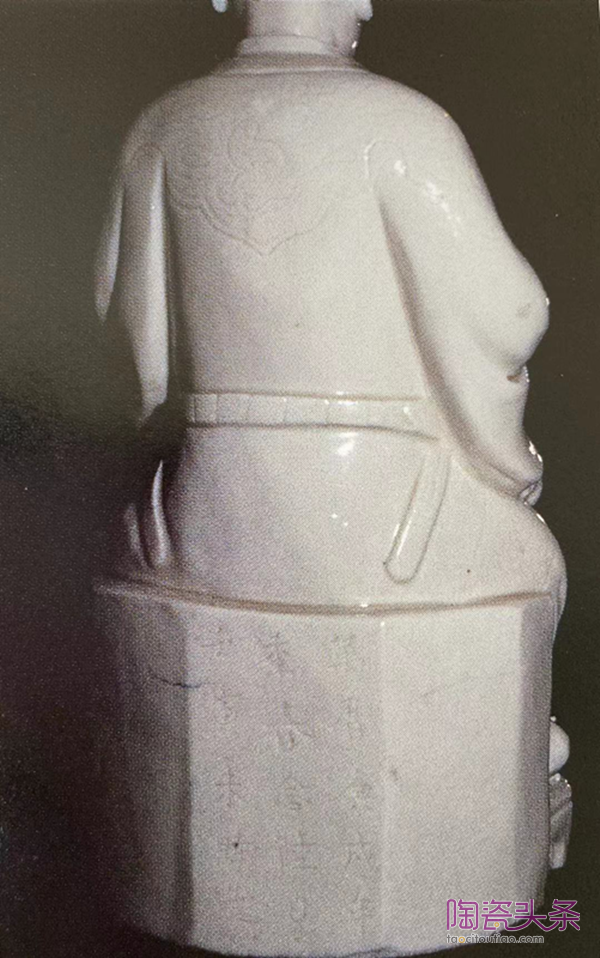
(Figure 13: Back of Caishen figure with inscription. 图13: 刻有铭文财神像的背面。)
Several other figures were shown in the British Museums exhibition for which an earl seventeenth-century date is clearly appropriate. Among them is one of Wenchang, the God of Letters, with his assistant Guixing(Fig. 14), which has a similar type and colour of material and plain styling of modelling: the rocky base with its slashed and pierced work is novel and interesting, and worthy of note also is the unusual shaping of the high-backed throne and plain back with a panel of incised decoration.Another obvious candidate for the period is a noble standing figure of Wenchang-once British Museum, again massive and solidly made, short, stocky and large-headed, and having a conspicuous firing-crack here again, the back of the model is plainly and broadly stylised. A notable family resemblance to the last model is evident too in a standing figure of Guandi, God of War (Fig. 16): this is comparable both in the facial features and in the understated movement of the body and robes, while it again features the sculptural plinth with arcaded sides, in this case outlined by incised lines.
在英国博物馆的展览中还展出了其他一些雕塑,其中公元17世纪早期的断代显然是合适的。其中一个是文昌——文神和他的助手魁星(图14) ,这有一个类似的类型、颜色和简单的造型: 删减和穿透的岩石底座的创造是创新和有趣的,值得注意的是不寻常的高背的王座的造型和有雕刻的装饰的平背。这个时期另一个明显的竞争者是一个高贵的文昌君立像——再次是巨大的和坚固的制作,矮小,敦实和大头,并有一个明显的射击裂缝。同样,瓷塑的背面是质朴和明白的风格。与最后一个瓷塑的家族相似之处也很明显,那就是战神关帝的立像(图16) : 无论是面部特征,还是身体和长袍保守的动作,都具有可比性,同时雕塑的基座也有弧形的侧面,在这个案例中用切割线勾勒出来。
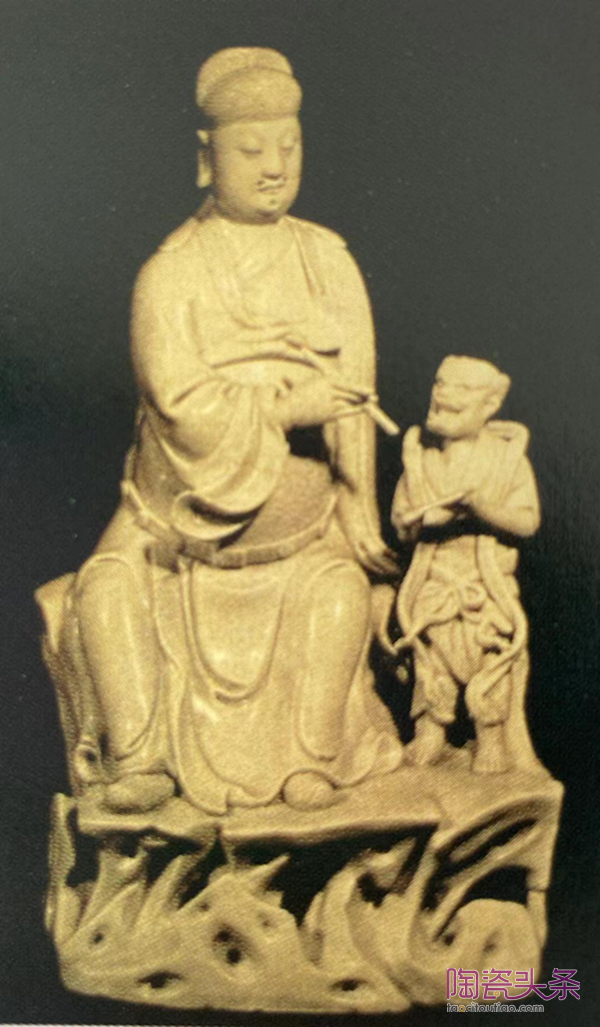
(Figure 14: Wenchang, Star God of letters, with Guixing.height 26.6cm. 1610-40.British museum. 图14:文昌,文神,身高26.6厘米。1610-40年.大英博物馆。)
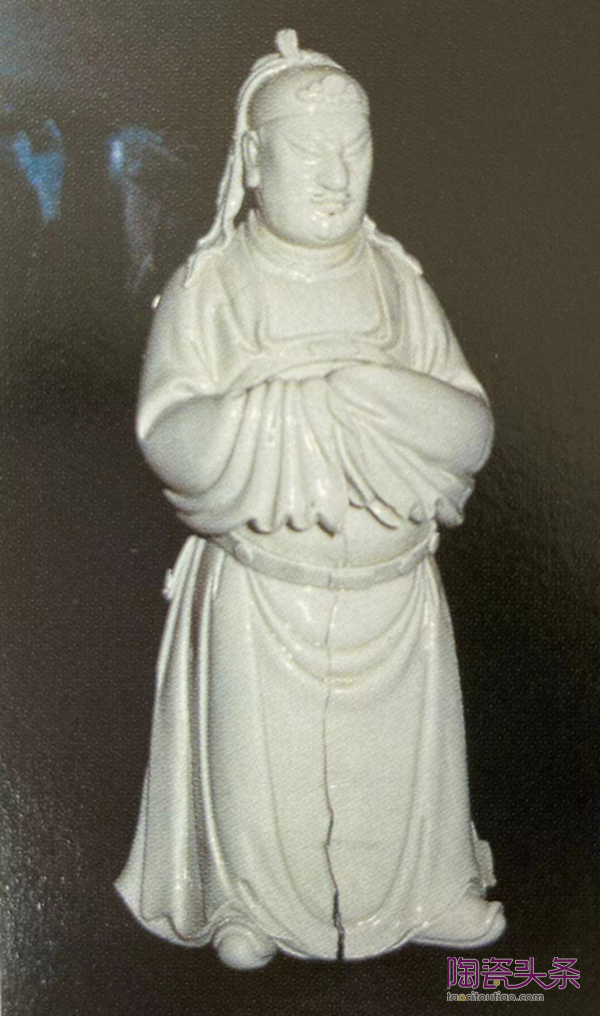
(Figure 15: Wenchang standing. Height 33.2cm.1610-40. British museum图15: 文昌立像。身高33.2 cm,1610-40年。大英博物馆。)
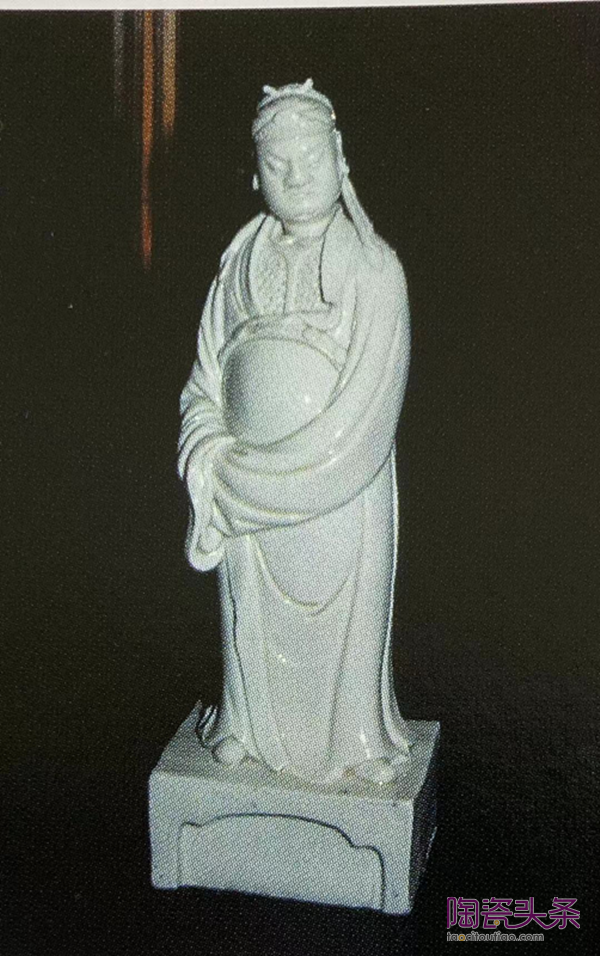
(Figure 16: Guandi, god of war. Height 29.6cm.1610-40. British museum. 图16: 关帝,战神。身高29.6厘米1610-40。大英博物馆。)
All these pieces are, as Donnelly seems indeed to have recognised, indicative of the earliest known Dehua figure style, and they would appear to be of late Ming date, c 1600-44. Another very important milestone noticed by Donnelly is a model bearing a Tianqi date 1629, which contained an inscription incised on the base.Identified only as belonging to a collection in Hong Kong, this is our very first Dehua Guanyin, and shows that most popular of deities seated on a rocky throne flanked by a vessel(now broken off)and a set of texts, with her two acolytes below: it is evidently the precursor of the model in Figure 1. Interestingly, the inspection indicates that the piece was made as a thank-offering for the birth of a son: which shows it was not intended as an export piece. Once again, the base is solidly made and has suffered some firing-cracks.
唐纳利似乎确实认识到了,所有这些瓷器显示了和已知最早的德化瓷塑一样风格,它们似乎是晚明时期的作品,鉴于公元1600-44年之间。唐纳利注意到的另一个非常重要的里程碑,是一个刻有1629年天启年代的瓷塑,瓷塑底座上刻有铭文。这是香港首个德化观音,展示了最受欢迎的观音坐在一个岩石宝座上,旁边放着一个容器(现已折断)和一套经文,下面还有她的两个追随者: 这显然是图一中模型的前身。有趣的是,铭文表明,这件作品是为了感谢一个儿子的出生: 这表明它并不打算不是作为一件出口作品。再一次,底座坚固,并有一些烧成的裂缝。
来源:德化陶瓷文化研究院、陶瓷办
责任编辑:陈美珠





